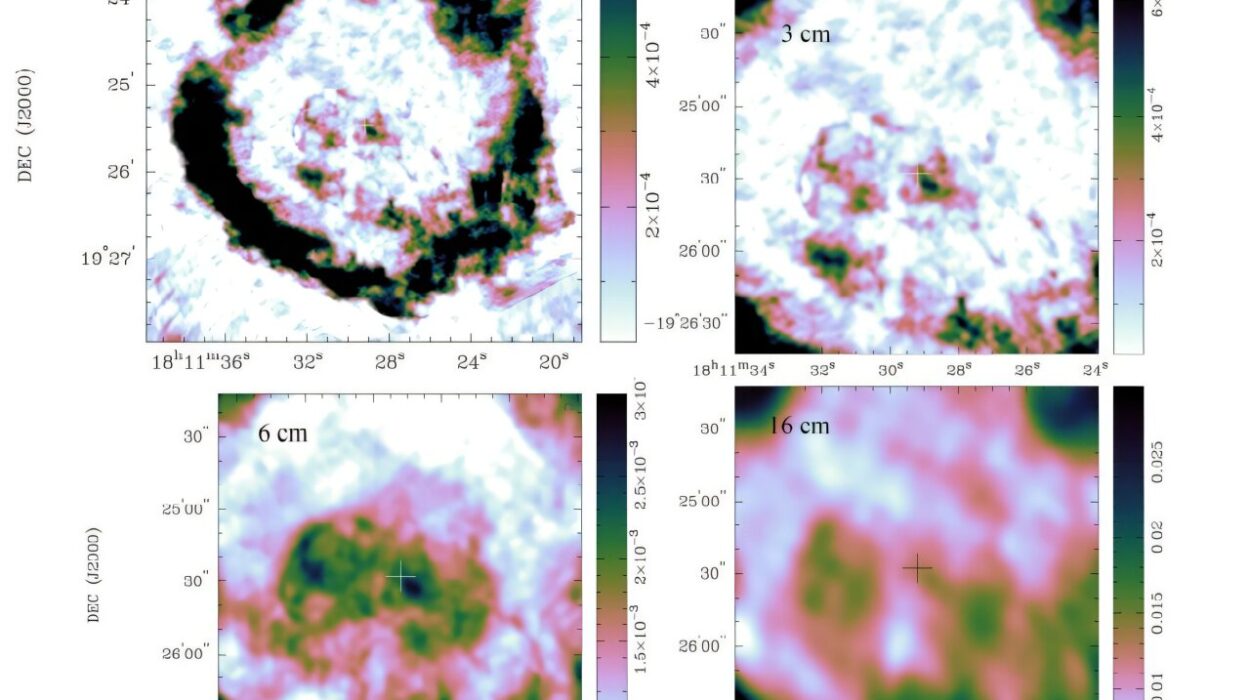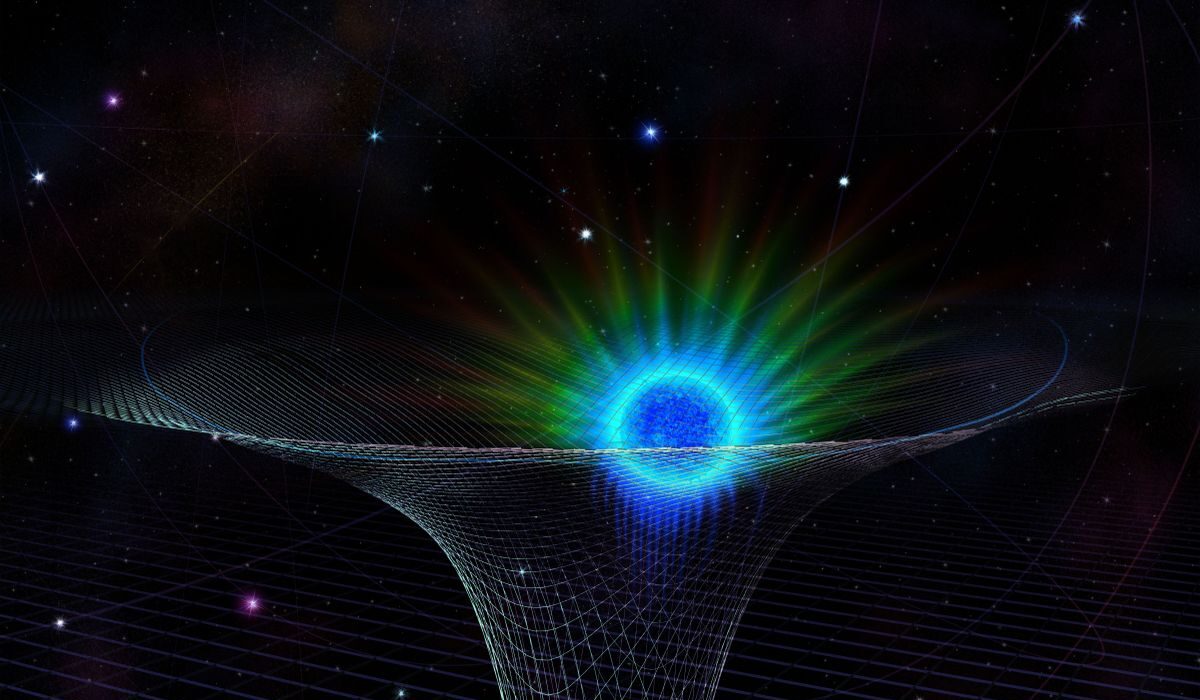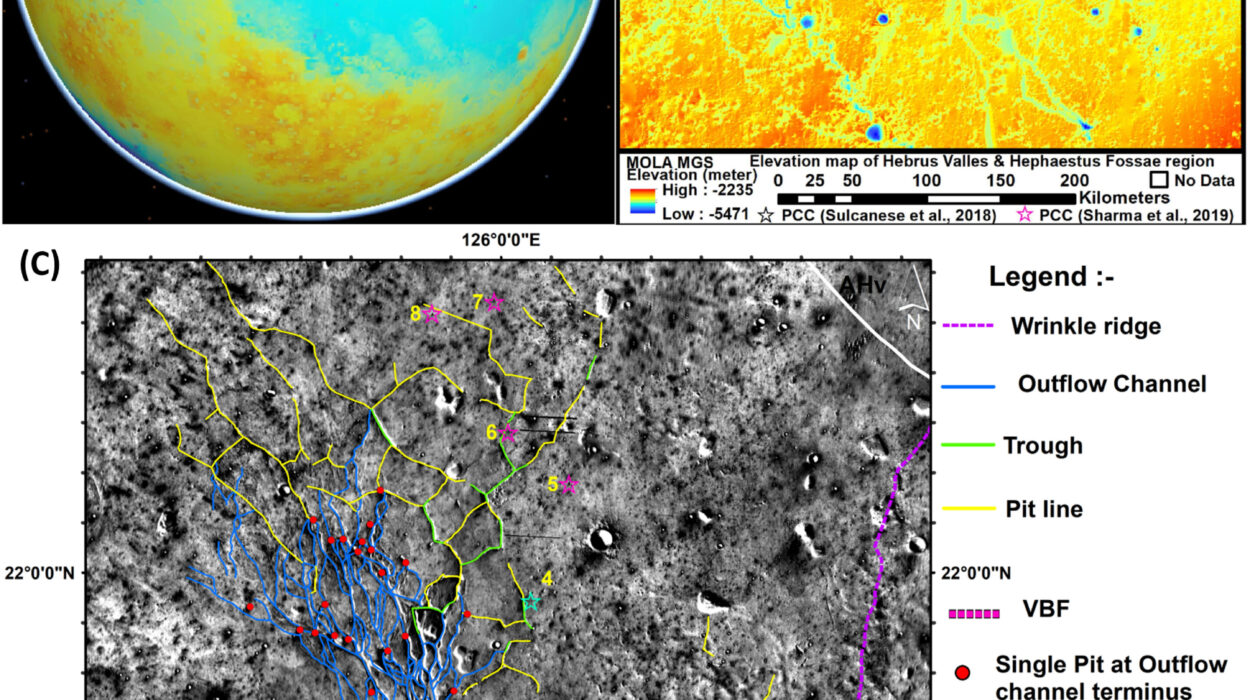When we look up at the Sun, it’s easy to forget that it is just one of billions of stars in our galaxy. In many ways, our Sun is unremarkable — a middle-aged, medium-sized, yellow star quietly burning hydrogen in its core. But there is one striking difference: it is far less temperamental than its stellar peers.
New research from scientists at the Helmholtz-Zentrum Dresden-Rossendorf (HZDR) in Germany shows that the Sun is about five times less magnetically active than other similar stars. Its most powerful outbursts — the colossal eruptions of radiation known as solar flares — are 10 to 100 times weaker than those of many sunlike stars. And this cosmic calm may not be a coincidence.
The researchers believe the reason could lie not in the Sun itself, but in the silent gravitational choreography of the planets that orbit it.
The Planetary Pacemaker Theory
For the last decade, a team led by Frank Stefani at HZDR’s Institute of Fluid Dynamics has been building a model that treats the planets not as passive passengers in the solar system, but as pacemakers for the Sun’s magnetic heart.
Every 11 years, the orbits of Venus, Earth, and Jupiter align in such a way that their combined tidal forces — the same kind of subtle pull that moves Earth’s ocean tides — exert a small but regular influence on the Sun.
According to Stefani’s model, this periodic gravitational “nudge” can synchronize the Sun’s internal magnetic cycles. The result is the familiar 11-year solar cycle, during which the Sun’s activity swings from quiet to stormy and back again.
But this planetary influence doesn’t just produce one cycle — it appears to generate a complex layering of rhythms, from short-term oscillations lasting a couple of years to patterns stretching across millennia. And in the latest study, published in Solar Physics, the team found evidence for a key short-term oscillation that may be quietly dampening the Sun’s overall activity.
The Quieting Effect of QBO
The phenomenon in question is known as the Quasi-Biennial Oscillation (QBO) — a roughly two-year variation seen in multiple aspects of solar activity. Previous solar observations recorded QBO periods between 1.5 and 1.8 years, but Stefani’s team noticed something intriguing: their planetary model naturally produced a QBO-like cycle of 1.723 years.
When they compared this to decades of real solar data, they found a remarkably close match: 1.724 years. This precision suggested that QBO was not a random quirk of solar behavior, but an inevitable result of planetary synchronization.
And here’s the surprising part: QBO doesn’t just add another beat to the Sun’s magnetic rhythm — it appears to tone down the Sun’s overall magnetic intensity.
Normally, during the 11-year cycle, the Sun’s magnetic field reaches a strong peak before gradually fading. But QBO interrupts this, imposing an extra up-and-down pattern on the field strength. As a result, the Sun spends less time at its most intense magnetic levels.
Why This Matters for Life on Earth
This quieting effect has profound consequences. The Sun’s most violent outbursts occur when its magnetic field is at its strongest. Events like the Carrington Event of 1859 — a monstrous geomagnetic storm that lit up the skies as far south as Havana and Rome, and fried telegraph systems worldwide — happen during such peaks.
If QBO keeps the Sun from staying in this supercharged state for long, the frequency of such devastating events drops. For Earth, this could mean a more stable, less hostile space environment — one that allows fragile technological systems, and perhaps life itself, to thrive.
“We assume that QBO is a completely natural activity cycle,” Stefani explains. “And this cycle automatically leads to subdued solar activity. The Sun is most active at maximum field strength, and QBO simply doesn’t let it stay there for too long.”
The Sun’s Special Calm — and Our Cosmic Good Fortune
Compared to other stars like it, the Sun is unusually mild-mannered. The HZDR team’s work offers a tantalizing explanation: the gravitational ballet of our solar system’s planets is not just a background detail, but a key regulator of the Sun’s temperament.
In this view, Earth may owe its long-term habitability, at least in part, to the delicate interplay of celestial bodies. The same planets that guide our seasons and tides may also shield our world from the kind of violent stellar tantrums that could strip away atmospheres or fry surface life.
A New Way of Understanding the Sun
The planetary pacemaker theory is still being tested, but its power lies in how neatly it explains multiple solar cycles of different lengths. By treating the Sun not as an isolated engine but as part of a larger gravitational and magnetic system, it reframes the story of our star as one of interaction and influence.
“All the solar cycles identified are a logical consequence of our model,” Stefani says. “Its explanatory power and internal consistency are really astounding.”
If this view holds up, it means the Sun’s comparative serenity is not an accident — it’s the product of a cosmic rhythm, one that has been playing for billions of years. And in that rhythm, Earth has found the space to flourish.
More information: F. Stefani et al, Adding Further Pieces to the Synchronization Puzzle: QBO, Bimodality, and Phase Jumps, Solar Physics (2025). DOI: 10.1007/s11207-025-02521-0






